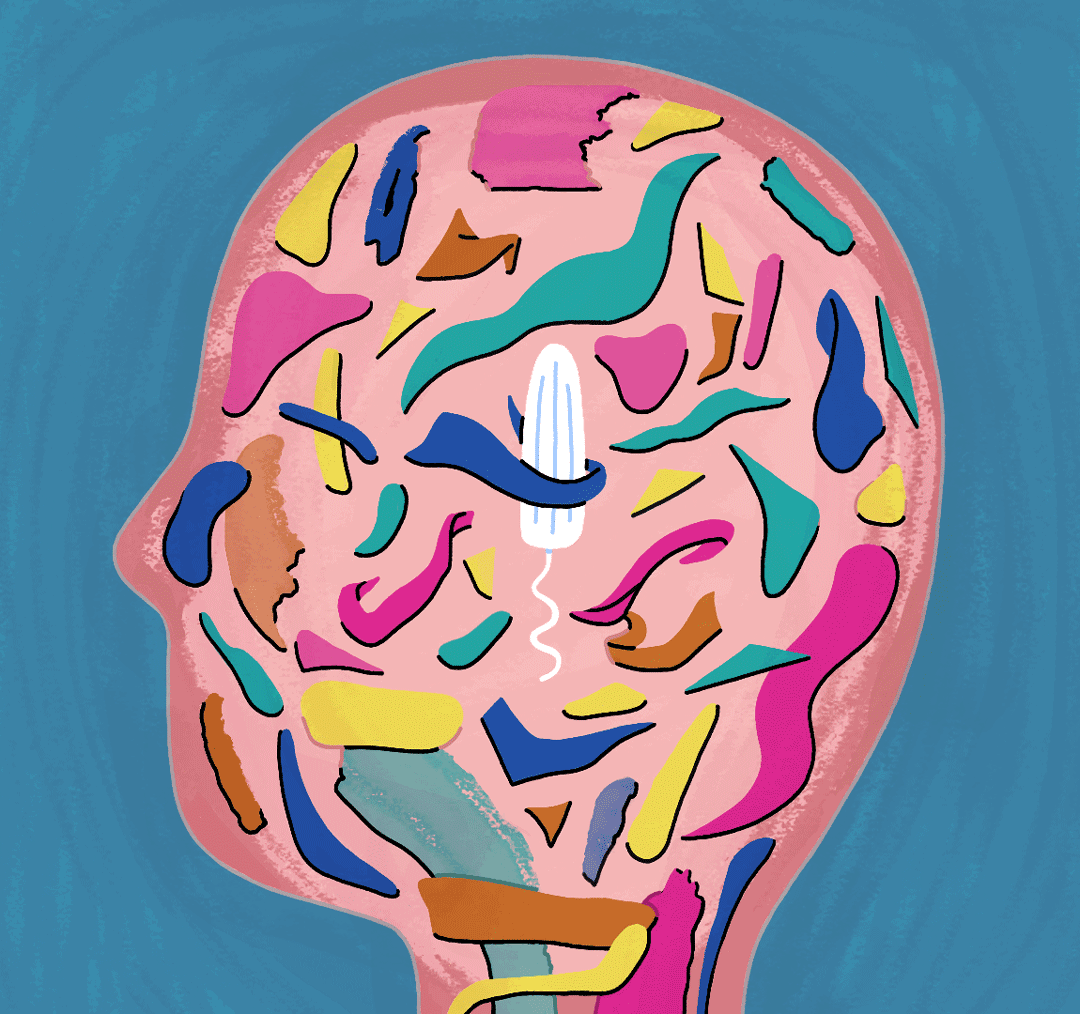
Period Products & Toxic Chemicals
Share
We've been using tampons and pads for decades. The first disposable pad hit the shelves in 1896, and tampons made their official debut between the 1930s and the 40s. Since then, we've adapted the construction to keep up with the changing times and needs of people who menstruate. But unfortunately, that doesn't necessarily mean that they've gotten better over time.
Originally, pads and tampons were made from cellulose or cotton. In some cases, small sponges were even inserted to help absorb menstrual blood. These products’ early renditions tended to leak, which was primarily due to their simple construction and the materials used. One thing to note, although these versions were less reliable, they did omit plastics, chemicals, and other harmful things that can affect the body during menstruation.
Modern-day tampons and pads have been criticized for their effect on hormones due to the chemicals found in popular brands. But what causes these issues, and how bad is it?
Chemicals
Most of the fibers found in tampons and pads have been exposed to bleach, which can harm not only your pH balance but can affect the tissue of the vagina and even affect the liver if exposed for too long.
The bleaching process also produces harmful chemical byproducts like dioxins and can contaminate and damage the sensitive tissue of the vagina. These chemicals can lead to cancers, problems with reproduction, and disrupt your endocrine system, affecting the liver and kidneys. Dioxins are regarded as an environmental pollutant, but because tampons are considered medical devices, they aren't policed as heavily as they should be.
Another shocking chemical found commonly in sanitary products is chlorine. You know that stuff you use to clean your pool? Chlorine is widely used in the bleaching process to help achieve that crisp whiteness we associate with menstrual products.
There are also traces of dangerous chemicals and hormones that we commonly find in our food, like pesticides, GMOs, and parabens, which all have links to cancer and hormone disruption. Some other chemicals found in tampons and pads include synthetic fragrances and even mercury. While many of these chemicals' levels are low and won't immediately cause problems, they can lead to issues over time.
Materials
Many modern pads and tampons are made of rayon, plastic, and volatile organic compounds, which can cause issues with reproduction and even lead to toxic shock syndrome. These ingredients aren't breathable and can cause dangerous bacteria growth, leading to yeast infections, fungal infections, or worse. Rayon is a contributing factor of toxic shock syndrome and the reason you should limit the time you have your tampons in. You should always check what the primary materials are in your sanitary products as they may be doing you more harm than good.
What To Do
Unlike in the past, there are many options available to consumers. There are plenty of organic pad and tampon brands that have emerged in the last two decades that offer another option to those worried about hormone imbalance. If you don't want to use pads or tampons, there are options like menstrual cups, period underwear, and even reusable pads that offer a safe and comfortable alternative that won't affect your hormones.
It can be difficult if you're low-income or don't have access to organic products to change your routine. The good thing is that if you're diligent about tracking your collection method and keep an eye on your body and how it reacts to products, you should be just fine.
